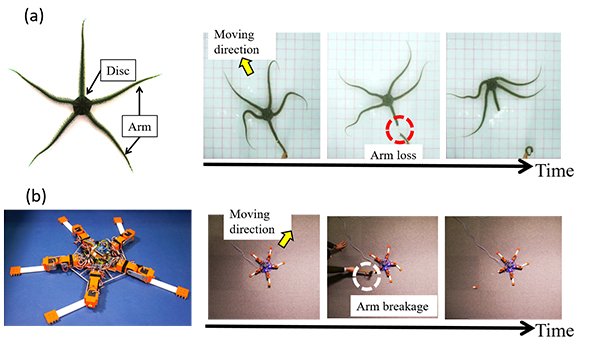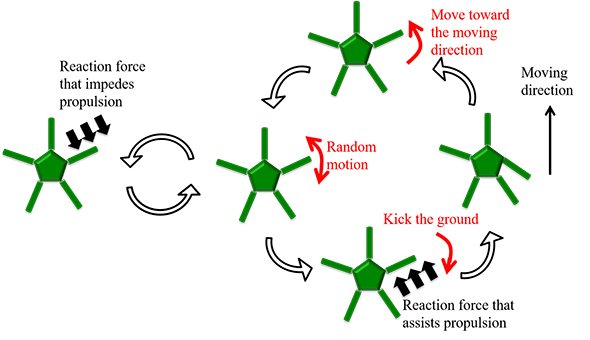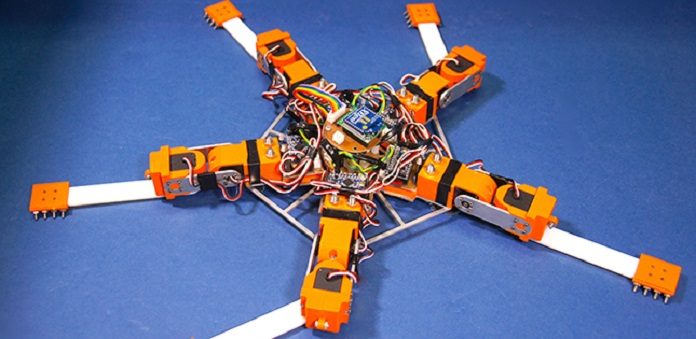For the first time, scientists at the Tohoku University in collaboration with Hokkaido University, have successfully developed new generation robot that could adapt unexpected physical damage within few minutes.

Traditional robots have a tendency to require a lot of time (a few several seconds) to adjust when they bring about startling physical harm. To address this issue, researchers concentrated on a brittle star – a primitive echinoderm with five adaptable arms.
Brittle stars do not have a complex focal sensory system, yet can promptly adjust to a subjective loss of their arms and still move by planning the rest of the arms.
In light of behavioral examinations including brittle stars whose arms were severed in different ways, the specialists proposed a straightforward decentralized control instrument in which each arm kicks the ground just when it gets an assistive response compel.
This instrument was actualized in a brittle star like robot to exhibit that it can adjust to surprising physical harm inside a couple of moments, similar to its organic model.
Scientists noted, “This is a significant breakthrough as robots are increasingly expected to function in tough environments under hazardous conditions.”

Scientists believe that the finding could help in developing resilient robots that can work in inhospitable environments such as disaster areas. It also provides insights into the essential mechanism underlying resilient animal locomotion.
